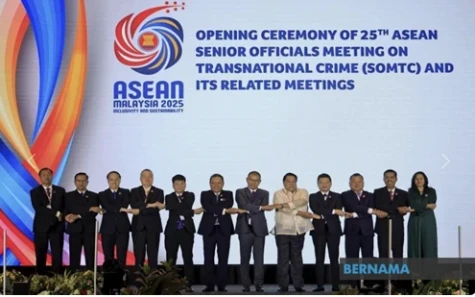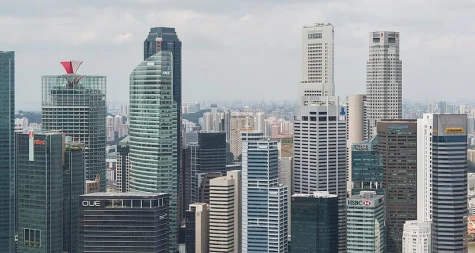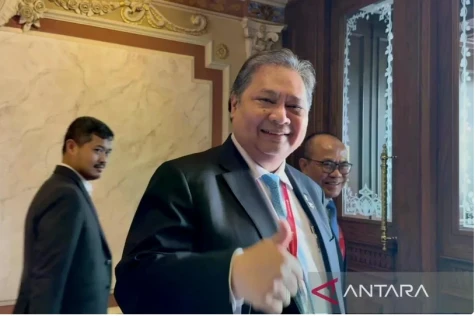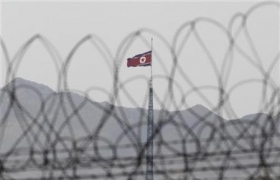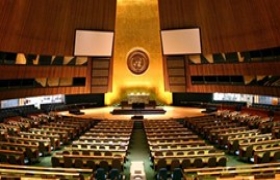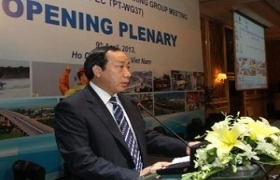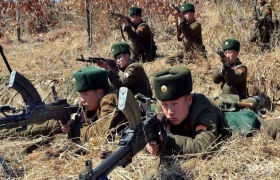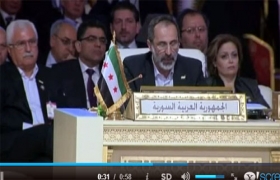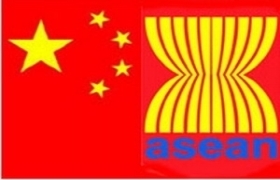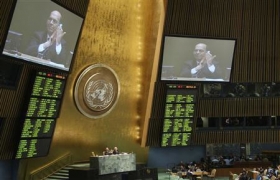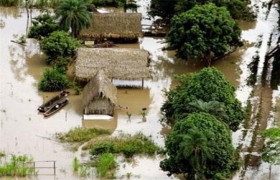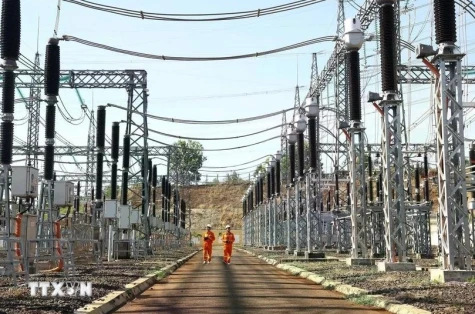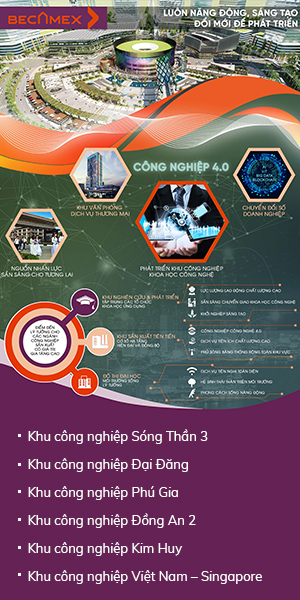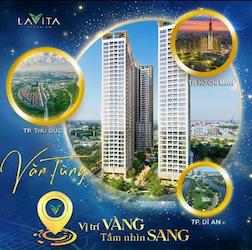
East Sea issue continues to be ASEAN’s focus
His comment was made on April 11 at the closing session of three ASEAN meetings including the ASEAN Foreign Ministers’ Retreat, the 9th ASEAN Politics-Security Community Council Meeting and the ASEAN Coordinating Council that were held in preparation for the 22nd ASEAN Summit later this month.
G8 ministers condemn North Korea "in strongest terms"
North Korea's threats of war and Iran's nuclear programme topped the agenda of the foreign ministers' talks in London but little substance came out of their private meetings with members of Syria's opposition on the sidelines of the gathering.
Is the Arms Trade Treaty feasible?
However, observers say the treaty remains insufficient as it fails to ban sales of arms to terrorists and insurgent fighters.
APEC transport working group meets in HCM City
The Asia-Pacific Economic Cooperation (APEC)’s Transportation Working Group (TPTWG) convened its 37th meeting in Ho Chi Minh City on April 4, with representatives from 21 member nations taking part.
ASEAN civil society conference boosts voice unity
The ASEAN Civil Society Conference/ASEAN People’s Forum 2013 themed “ASEAN: Building Our Future Together” took place in the Brunei capital city of Banda Seri Begawan on April 6-8.
Japan orders shooting down of N Korea missile
Japan has ordered its armed forces to shoot down any North Korean missile headed towards its territory, a defence ministry spokesman said Monday as speculation grows Pyongyang may fire one this week.
A dangerous decision
Syria’s political crisis has reached a turning point when President Bashar Al Assad’s government was voted out of the Arab League (AL) and Syria’s representative in the AL now is the opposition party.
French-speaking, ASEAN cities seek partnerships
The board of the International Association of Francophone Mayors (AIMF) will seek for a partnership between ASEAN and French-speaking cities at its ongoing 75th meeting in Vientiane, Laos.
ASEAN, China to further strategic partnership
Countries of the Association of Southeast Asian Nations (ASEAN) and China have pledged to further promote their strategic partnership and comprehensive cooperation in line with the principles of mutual understanding and respect as well as friendly neighbourliness.
Mandela's health improving, says South African presidency
Nelson Mandela's health is improving and he will continue to receive treatment for a recurrence of pneumonia, the South African presidency said Sunday, as the anti-apartheid icon spent a fifth night in hospital.
Robot ants: mini-machines mimic insect colony
Scientists in the US have built and tested robotic ants that they say behave just like a real ant colony. The robots do not resemble their insect counterparts; they are tiny cubes equipped with two watch motors to power the wheels that enable them to move. But their collective behaviour is remarkably ant-like. By being programmed simply to move forward toward a target and avoid obstacles, the robot colony finds the fastest way through a network or maze. The secret, the researchers report in the open access journal Plos Computational Biology, is in their ability to take cues from one another - just like an insect swarm. "Each individual robot is pretty dumb," said Simon Garnier from the New Jersey Institute of Technology, lead researcher on the study. "They have very limited memory and limited processing power." "By themselves, each robot would just move around randomly and get lost... but [they] are able to work together and communicate." This is because, like ants, the robots leave a trail that the others follow; while ants leave a trail of chemicals - or pheromones - that their nest mates are able to sniff out, the robots leave a trail of light. To achieve this, the researchers set up a camera to track the path of each robot. A projector connected to the camera then produced a spot of light at regular intervals along their route, leaving a "breadcrumb trail" of light that got brighter every time another robot tracked over the same path. Dr Garnier explained: "[The robots each] have two antennae on top, which are light sensors. If more light falls on their left sensor they turn left, and if more light falls on the right sensor, they turn right." "It's exactly the same mechanism as ants." The researcher explained how both the robots and ants worked together, describing their navigation skills as a "positive feedback loop". "If there are two possible paths from A to B and one is twice as long as [the other], at the beginning, the ants [or] robots start using each path equally. "Because ants taking the shorter path travel faster, the amount of pheromone (or light) deposited on that path grows faster, so more ants use that path." Ant colonies have structured social system, with different castes - worker, soldier, queen and drone - all of which carry out specific tasks for the colony There are many other research and engineering projects that take inspiration from nature to solve problems or design robots, as Dr Paul Graham, a biologist from the University of Sussex, explained. "The classic example," he said, "is the way in which we design information networks to move packets of data around. "Ants don't have someone in charge telling them where to go, so you can [mimic this]. For instance - in a complex network, there may be a junction with different possible routes that packets [of data] could take. Packets would leave messages for each other at the junction to give information about which routes were quick." This, he explained, is the basis of an algorithm called ant colony optimisation which has already been used in telecoms networks. And although Dr Graham doesn't see an immediate practical use for these particular robotic insects he says the study demonstrates an important and interesting piece of biology. "Lots of animal behaviour gets described using words like 'choice'. "This shows that you don't need something as complex as choice to get some of the behaviour you see in ants. "And these things look pretty cool, too."
ASEAN enhances natural risk resilience
The ASEAN Capacity-Building Forum on Risk Assessment gathered experts on disaster risk management from ASEAN member countries, representatives from civil society groups, scholars, scientists and researchers from the region as well as partners from Europe, Australia, and the United States.




